39 understanding fat on nutrition labels
PDF How to Understand and Use the Nutrition Facts Label 5. Understanding the Footnote on the Bottom of the Nutrition Facts Label (#5 on sample label) Note the * used after the heading "%Daily Value" on the Nutrition Facts label. It refers to the Footnote in the lower part of the nutrition label, which tells you "%DVs are based on a 2,000 calorie diet". This statement must be on all food labels. But the Reading Nutrition Facts Labels | Magaram Center Nutrition ... Understanding how to properly read a nutrition facts label will make it easier for you to compare foods and find the foods you need to help you meet your nutritional goals. Food labels are required on all packaged foods made in the United States and those imported from other countries. 1
Use and understanding of nutrition information on food ... Understanding of FOP nutrition labels. Mean subjective understanding of GDA labels, measured on a 10-point scale (don't understand at all - understand extremely well) was 7.1 in Poland and in the UK, 6.7 in Sweden and France, 6.3 in Hungary and 5.3 in Germany.

Understanding fat on nutrition labels
Understanding Nutritional Labels | Beaumont | Beaumont Health Here are the parts of most food labels: Calories (total calories and calories from fat) - This part of the label tells you how many calories each serving has and how many of those calories come from fat. Total Fat - Total fat is the number of fat grams per serving. There are different types of fat. Some are good for you and some aren't. PDF How Do I Understand the "Nutrition Facts" Label? Nutrition Facts label and ingredient list. When you go grocery shopping, take time to read the Nutrition Facts labels on the foods you purchase. Compare the nutrients and calories in one food to those in another. The information may surprise you. Make sure you aren't buying foods high in calories, saturated fat, trans fat, sodium and added ... How to Read Nutrition Facts Label | Food Network Healthy ... If you're eating 1600 calories, that equals about 17 grams of saturated fat per day. If you want to go with the American Heart Association's recommendations, that number will be 8.8 grams for the...
Understanding fat on nutrition labels. How to understand food nutrition labels | by Alpha Medical ... The FDA recommends limiting saturated fat, sodium, and added sugars. On the other hand, it's good to get foods that are high in fiber, vitamin D, calcium, iron, and potassium, as these are some... Nutrition Facts: How to Read Nutrition Labels The nutrition label lists total fat, saturated fat, and trans fat. It's the last two you want to focus on. Saturated fat is the kind you'll find in a burger, hot dog, or glass of whole milk. Food Labels | CDC Check the Serving size first. All the numbers on this label are for a 2/3-cup serving. This package has 8 servings. If you eat the whole thing, you are eating 8 times the amount of calories, carbs, fat, etc., shown on the label. Total Carbohydrate shows you types of carbs in the food, including sugar and fiber. 20 Tips for Understanding Nutrition Labels | Eat This Not That Macronutrients include fat, carbs (which also breaks down into fiber and sugar), and protein. If anything stands out to you—like the product having 17 grams of fat or 25 grams of sugar—use those numbers to help you skim the ingredient list. For example, a cereal that has 6 grams of fat in it is odd.
Understanding Food Labels | The Nutrition Source | Harvard ... For example, a bag of potato chips may advertise that it has 40% less fat and is cholesterol-free, suggesting it is a "healthy" food, when in reality even a "healthier" potato chip is still a high-calorie ultra-processed food offering little nutrition. Some terms are not yet regulated by the FDA such as " natural " or "multigrain." Understanding Food Nutrition Labels | American Heart ... When the Nutrition Facts label says a food contains "0 g" of trans fat, but includes "partially hydrogenated oil" in the ingredient list, it means the food contains some trans fat, but less than 0.5 grams per serving. So, if you eat more than one serving, you could end up eating too much trans fat. Fat Content on Food Labels - Reading Between the Lines ... The Mayo Foundation continued, "Still, you may be able to tell if a product contains trans fat, even if it's not directly listed on the food label. Look for the words ' hydrogenated ' or 'partially hydrogenated' in the list of ingredients. These terms indicate that the product contains trans fat. Food Labels: Fat & Cholesterol | Home & Garden Information ... The Nutrition Facts label shows you how much fat is in a product, even if the fat is hidden as an ingredient. The serving size and the nutrients listed on this label are consistent, which makes it easy to compare similar products without any calculations. % Daily Values (% DVs) are listed in a column on the "Nutrition Facts" label.
Understanding and Using the Nutrition Facts Label Nutrition Facts Calories 230 Amount per serving Total Fat Saturated Fat 1g Trans Fat 0g Cholesterol 0mg Sodium Total Carbohydrate 37g Dietary Fiber 4g Total Sugars 12g Includes 10g Added Sugars... Reading and understanding the Nutrition Facts Label for ... It is important to direct your attention to the top nutrient section that includes fat, saturated fat, trans fat, cholesterol, sodium and added sugars. These nutrients should be limited. Aim for eating products that have 0 percent trans fat and less than 5 percent saturated fats. Generally 5 percent or less is low and 20 percent or more is high. Understanding the Nutrition Facts Label - Know Diabetes by ... Fats Although fat can also contribute to changes in your blood sugar, they have less influence than carbs. However, it is important to reduce amount of saturated and trans fats as a part of a balanced diet. Replacing foods that are high in saturated fat with healthier options can lower blood cholesterol levels and improve lipid profiles. Sodium How to understand food labels | Eat For Health The Nutrition Information Panel on a food label offers the simplest and easiest way to choose foods with less saturated fat, salt (sodium), added sugars and kilojoules, and more fibre. It can also be used to decide how large one serve of a food group choice or discretionary food would be and whether it's worth the kilojoules.
Get the Facts! Steps to Reading and Understanding ... Food labels list percentages of the recommended daily intakes of several nutrients. The numbers are based on a 2,000-calorie diet and are used for adults who are 18 years or older. If you consume more or less than 2,000 calories per day, you still can use % Daily Values as a reference.
How to Understand The Nutrition Facts Label The FDA has developed a 4-step process to reading and understanding the nutrition facts label. Serving information At the very top of the label, you will see how many servings are in a container and the size of a serving, usually represented in cups or tablespoons (volume) and weight.
How to Understand and Use the Nutrition Facts Label | FDA Nutrients to get less of: Saturated Fat, Sodium, and Added Sugars. Saturated fat, sodium, and added sugars are nutrients listed on the label that may be associated with adverse health effects - and...
PDF Interactive Nutrition Facts Label - Understanding and ... Interactive Nutrition Facts Label • March 2020 Understanding and Using the Nutrition Facts Label 1 Calories 240 Amount per serving Serving size 1 1/2 cup (208g) 4 servings per container Saturated Fat 1.5g the food. % Daily Value* Y Total Fat 4g Trans Fat 0g Cholesterol 5mg Sodium 430mg Total Carbohydrate 46g Dietary Fiber 7g Total Sugars 4g
Nutrition fact labels are an important part of a good diet ... Limit fats in your diet to 5%-20% DV for individual food items Aim to have 100% of the % DV of fiber, vitamins, and minerals in your diet—checking labels for the % DV in individual foods can help you achieve that goal Read the label before you eat the food The bottom line The following chart of Percent Daily Values is based on a 2,000-calorie diet.
Interpreting Total Fat and Types of Fat on Food Labels ... Now, at the end of the day, since all high-fat foods tend to drive up calorie counts, it's typically recommended that you limit your intake of total fat to 25-35% of your daily calories. Of this amount, saturated fats and trans fats should comprise less than 7-10% and no more than 1%, respectively.
Objective Understanding of Front-of-Package Nutrition ... Overall, in the present study, participants displaying increased difficulty understanding nutrition labels had similar sociodemographic profiles to individuals displaying a reduced likelihood of using nutrition labels [3,4,7], and those potentially at-risk regarding their nutritional status [35,36,37,38,39,40,41].
Understanding Food Nutrition Labels | American Heart ... When the Nutrition Facts label says a food contains "0 g" of trans fat, but includes "partially hydrogenated oil" in the ingredient list, it means the food contains some trans fat, but less than 0.5 grams per serving. So, if you eat more than one serving, you could end up eating too much trans fat.
Understanding food labels - Canada.ca Understanding food labels. Food labels, nutrition facts tables, serving size, ingredients, % daily value, nutrition claims. Services and information. Nutrition facts tables. ... Meaning of fat-free, no added sugar, low sodium, other nutrient content claims. Percent daily value.
How to Read Nutrition Facts Label | Food Network Healthy ... If you're eating 1600 calories, that equals about 17 grams of saturated fat per day. If you want to go with the American Heart Association's recommendations, that number will be 8.8 grams for the...
PDF How Do I Understand the "Nutrition Facts" Label? Nutrition Facts label and ingredient list. When you go grocery shopping, take time to read the Nutrition Facts labels on the foods you purchase. Compare the nutrients and calories in one food to those in another. The information may surprise you. Make sure you aren't buying foods high in calories, saturated fat, trans fat, sodium and added ...
Understanding Nutritional Labels | Beaumont | Beaumont Health Here are the parts of most food labels: Calories (total calories and calories from fat) - This part of the label tells you how many calories each serving has and how many of those calories come from fat. Total Fat - Total fat is the number of fat grams per serving. There are different types of fat. Some are good for you and some aren't.
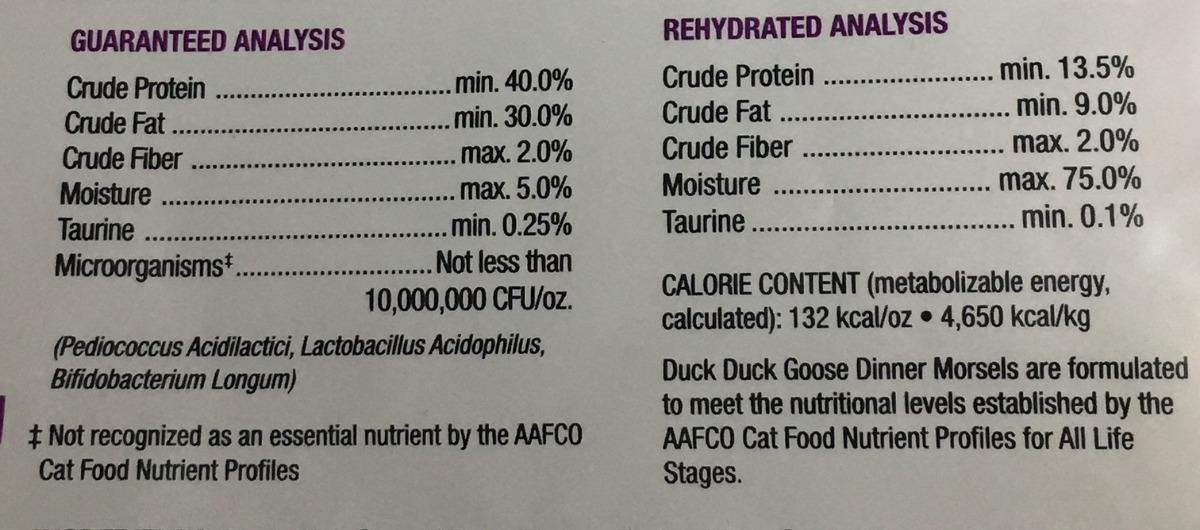
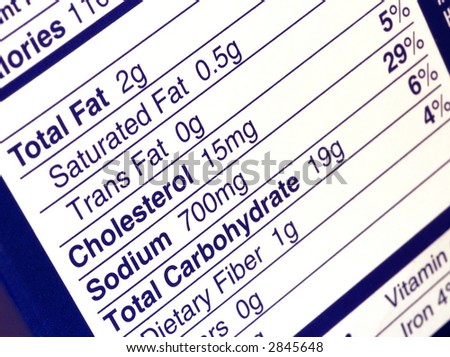
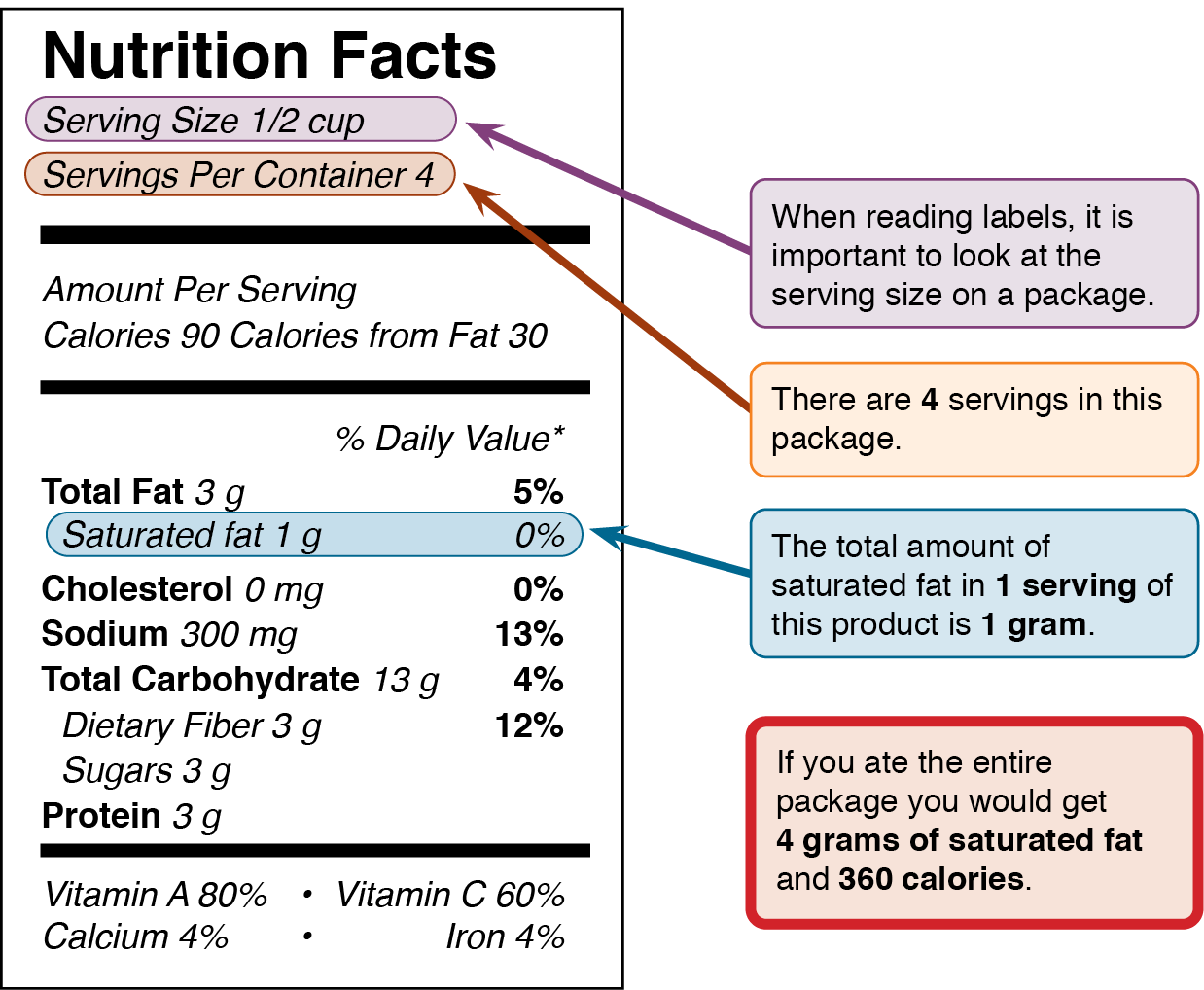
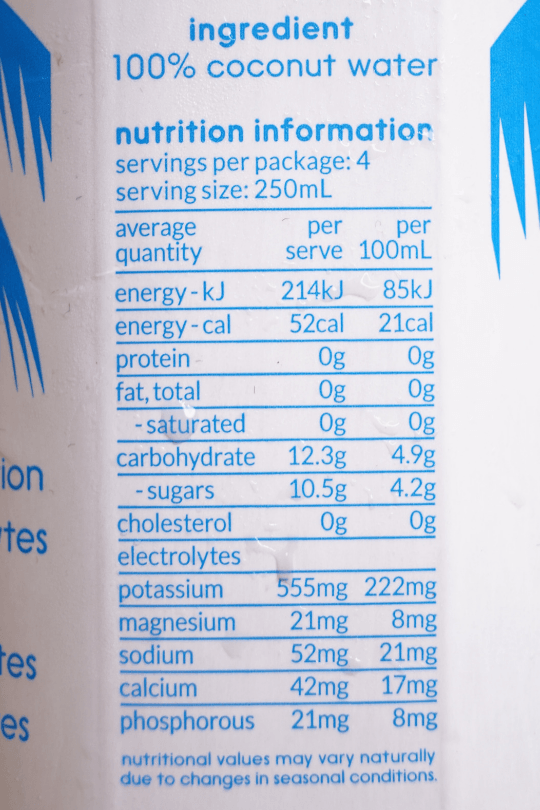
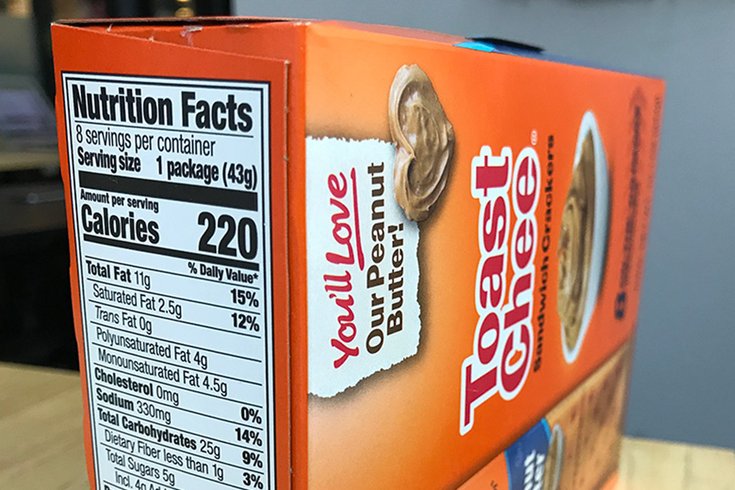


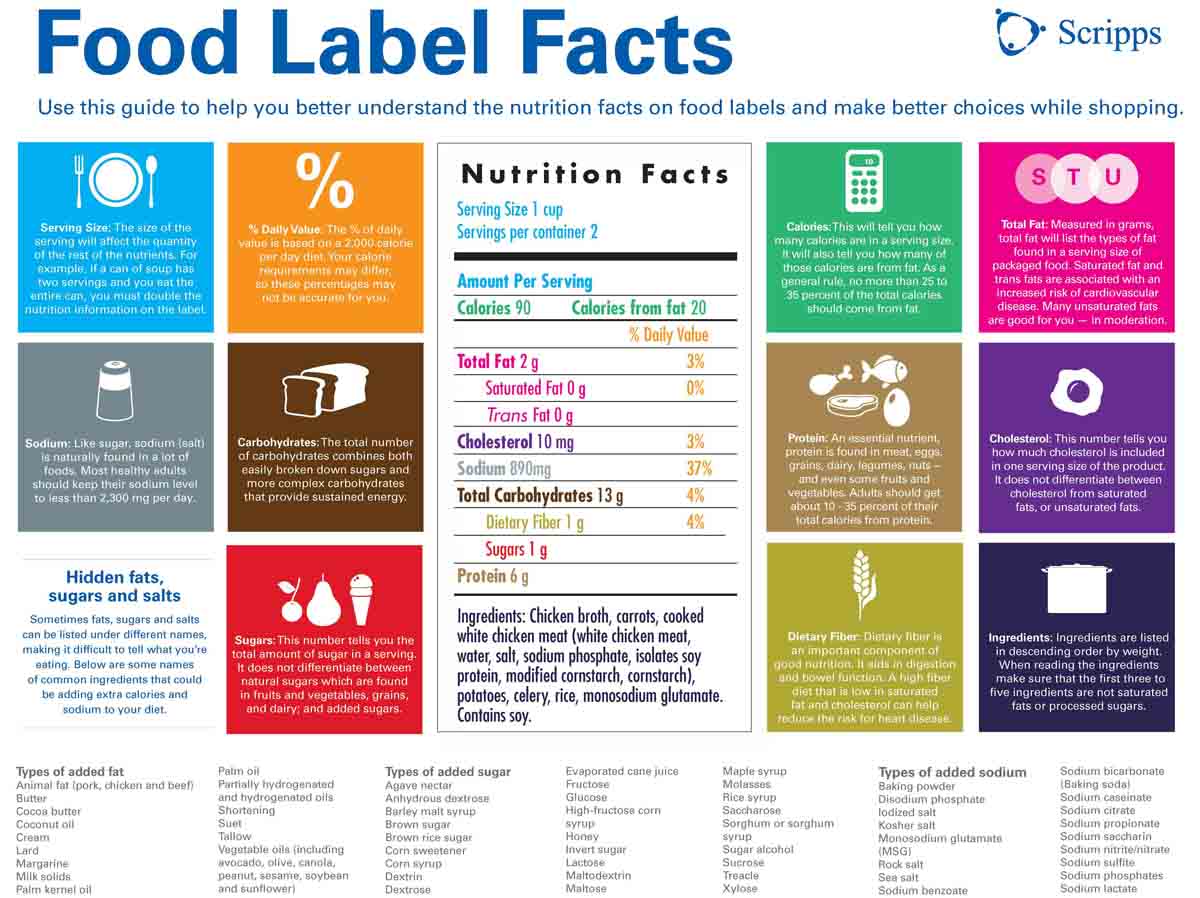


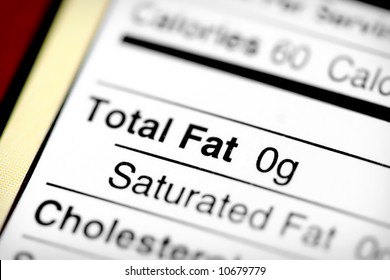

Post a Comment for "39 understanding fat on nutrition labels"